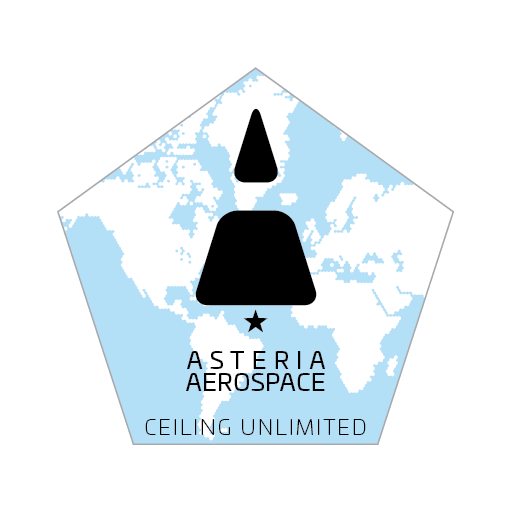A Discussion of the Aerodynamics of the APHAC:
The Aerodynamics of flight and how they should affect a vehicle in motion through a body of air are of great importance. With the development of the Auguste Piccard High Altitude Capsule (APHAC) we must look into the forces. After all when dropping a vehicle from an altitude of 10 kilometers it is important to slowly decelerate so that one does not slam into the ground with a parachute attempting to slow one down. A slow and aerodynamically stable descent will also allow for our pod and the equipment inside to keep a fairly low G force rating, most importantly when our parachute is deployed as depending on the direction it is facing at this point it could be swung around pushing an unpleasant force upon our precious cargo. Lastly the larger cross section and more drag we can produce in free fall the longer our flight will last which will allow for large increases in data collection. Therefore it is critically important that the APHAC “reenters” (for it is not actually reentering the atmosphere) at the slowest speed possible and in the correct orientation.
To begin my investigation I viewed videos of Launch Abort Tests for Manned spacecraft. The point behind this was that by viewing what happened to the command module after separation from the service module, mainly how it flipped to be facing retrograde, I could learn how to replicate this process on the APHAC. After a few videos and a fair bit of debate with my father over the Aerodynamics of it all, we agreed to disagree.
My hypothesis was that the heat shield on these vehicles was the direction that Aerodynamics would make the vehicle face. I thought this would happen passively while my father debated that some sort of RCS was being used to flip the vehicles. My theory was supported by a pad abort test of Crew Dragon while a pad abort of the Boeing Starliner supported my father’s theory. At this point I decided it was time to talk to some experts. I went online and asked in one of the rocketry forums I am in if the forces flipping Dragon were passive aerodynamics or RCS and if Aerodynamic, what was the force being applied that flipped it . Thankfully two people came forward and explained what was happening. I learned that while I was correct about it being a passive force for the most part it wasn’t fully because of aerodynamic forces on the heat shield. In fact I learned that in a craft like Dragon, most of the weight in heavy Avionics is located near the bottom, close to the heat shield. Because of Dragon’s tall and skinny shape and aerodynamic profile this means that at Apogee the Center of Gravity takes control and guides it down, heat shield first. Starliner however has a much flatter shape. It is in fact about as tall as it is wide. While this may not seem important it is because this means it is hard to get the mass lower in the vehicle. This is why in an abort scenario Dragon is able to flip passively using the Center of Gravity while Starliner must flip around with the RCS jets on its service module before ditching the service module and drifting the rest of the way on its own.
So what did I take away from this you may ask? Well I learned some key design insights for the development of the APHAC. I now know that it would be wise for the capsule to be a bit taller then it is wide as well as using this height to put more weight lower on the craft. This means once it reaches Apogee it will flip and hopefully fall exactly as intended allowing the parachutes to open cleanly and keeping the G forces low, as well as extending our flight time. Perhaps the best design for this then becomes putting the scientific instruments and flight computer near the base of the vehicle while leaving a good hollow space for the parachute up top. I will hopefully design this system soon!
